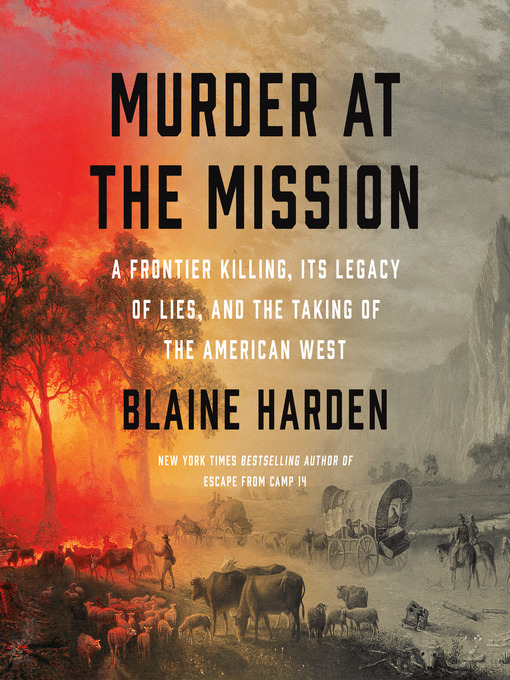- Top Titles
- Newly Added eBooks
- Most Popular eBooks
- Staff Summer Reading Recs
- See all ebooks collections
- Newly Added Audiobooks
- Most Popular Audiobooks
- Learn a Language
- Staff Summer Reading Recs
- See all audiobooks collections
- New Magazines
- Most Popular Magazines
- Arts, Culture, & Literature Magazines
- Cooking & Food Magazines
- Computer & Tech Magazines
- Crafts & Hobbies Magazines
- Home & Garden Magazines
- On the Move
- Pop Culture Magazines
- Family & Parenting Magazines
- Active Lifestyle Magazines
- Lilac City Local
- See all magazines collections
